|
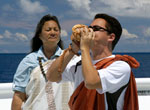
"Native Hawaiian Series: "Kapa Inoa"
Inoa Kupuna: Ancestral Naming"
One's genealogy is extremely important and a critical aspect of one's identity.
Read more... |
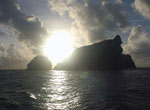
"Native Hawaiian Series: "Kapa Inoa"
What is the importance of names?"
In Hawaiian culture, as in other cultures, names convey a wide range of information and express varying levels of meaning.
Read more... |
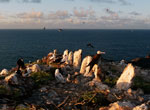
Heiau at Mokumanamana (Necker Island)
The ceremonial sites on Mokumanamana are believed to compose the highest concentration of heiau (shrines) in the Hawaiian archipelago.
Read more... |
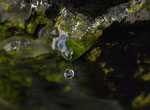
Where are the Waters of Kāne?
The life-giving fresh waters of Kāne have sustained the Hawaiian Islands for millions of years and provided an especially precious resource on Nihoa.
Read more... |
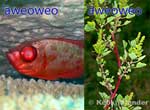
The Hawaiian concept of duality
The Hawaiian concept of duality permeates throughout all aspects of Hawaiian culture.
Read more... |
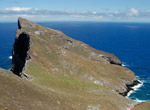
Chants and stories of Nihoa from the island of Niʻihau
Queen Kaʻahumanu, widow of the recently deceased Kamehameha I, heard about the island of Nihoa during a royal visit to Niʻihau in 1822.
Read more... |
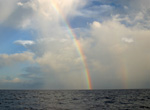
Hawaiian names for wind, clouds and rain
Hawaiians have many specific names for sky conditions and cloud formations.
Read more... |
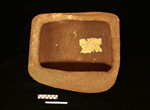
Large Stone Bowl
Stone implements, such as this large collecting bowl, indicate long-term habitation of an area.
Read more... |
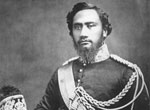
King Kamehameha IV Voyages to Nihoa
In 1857 King Kamehameha IV (Alexander Liholiho) voyaged to Nihoa aboard the Manuokawai and formally annexed (actually re-affirmed annexation of) Nihoa for the Kingdom of Hawaiʻi.
Read more... |
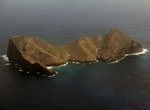
Mystery Islands
Nihoa and Mokumanamana are both considered "Mystery Islands"
Read more... |
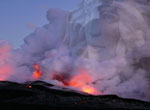
Ka huakaʻi a Pele, Migration of Pele
In Hawaiian moʻolelo (stories, historical narratives, mythologies) there are many versions of the epic of Pele and Hiʻiaka.
Read more... |
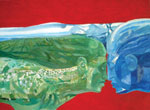
Our Name - Papahānaumokuākea
The name Papahānaumokuākea comes from an ancient Hawaiian tradition concerning the geneology and formation of the Hawaiian Islands, and an honoring of the dualisms of life.
Read more... |
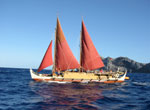
Waʻa, Traditional Double-Hulled Sailing Canoes
In the 1970's the traditional Polynesian art of wayfinding was revived in the Hawaiian Archipelago and a replica of a traditional waʻa was constructed and sailed to Tahiti in 1976.
Read more... |
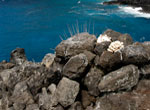
Koʻa, Fishing shrines
On Nihoa several koʻa (fishing shrines) are found along high ridges with expansive views of the ocean.
Read more... |
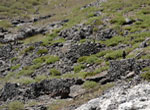
Agricultural Terraces on Nihoa
Agricultural terraces on Nihoa thought to date between the 13th and 15th centuries provide evidence for permanent habitation of the island despite its small size (0.69 square kilometers, or 171 acres).
Read more... |















